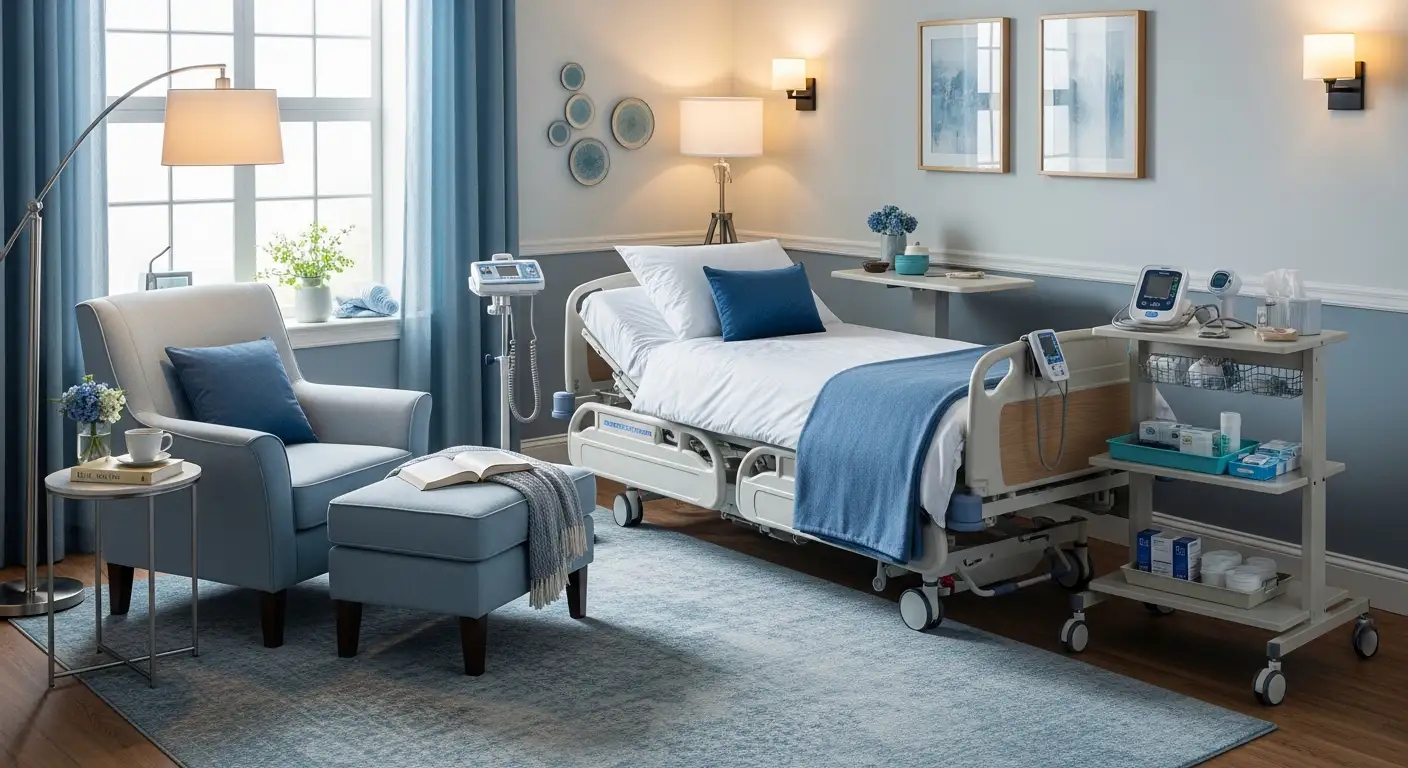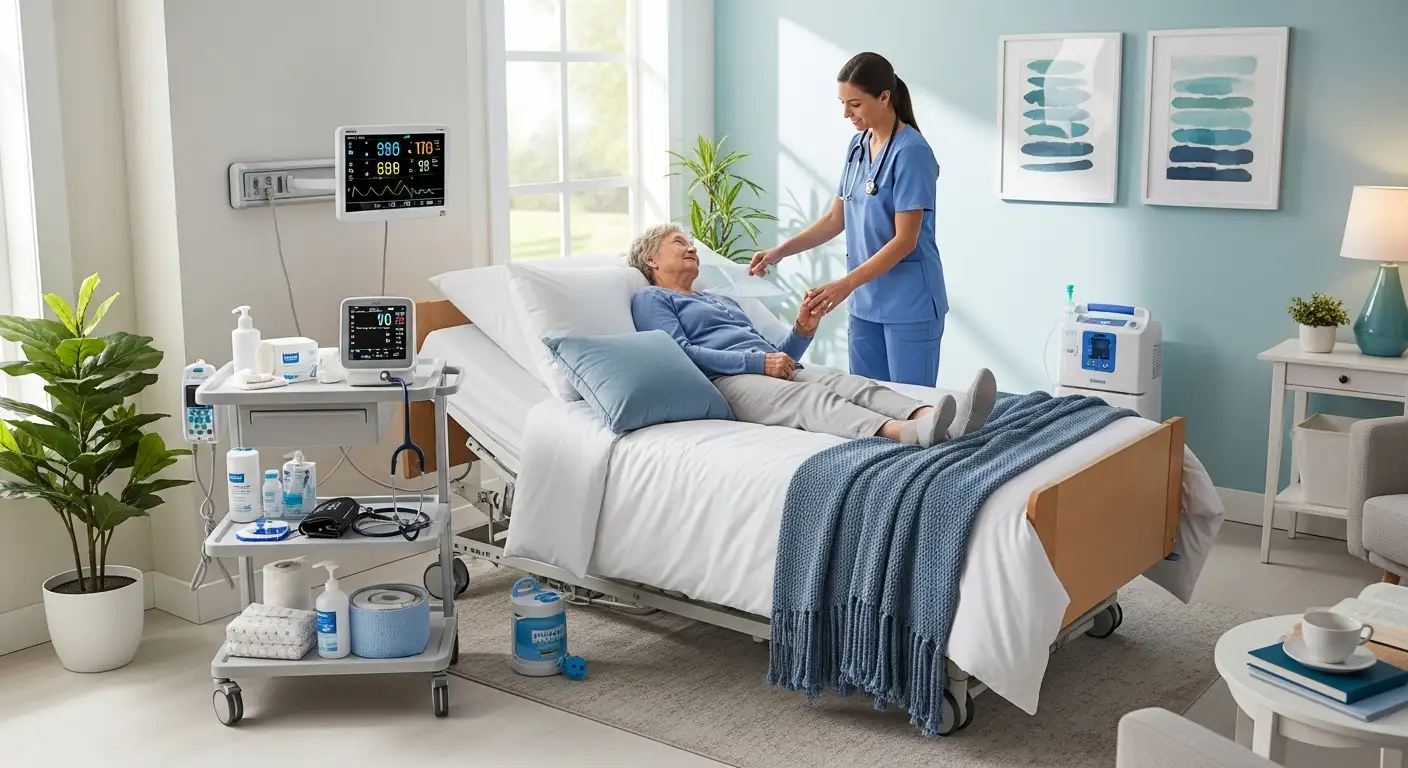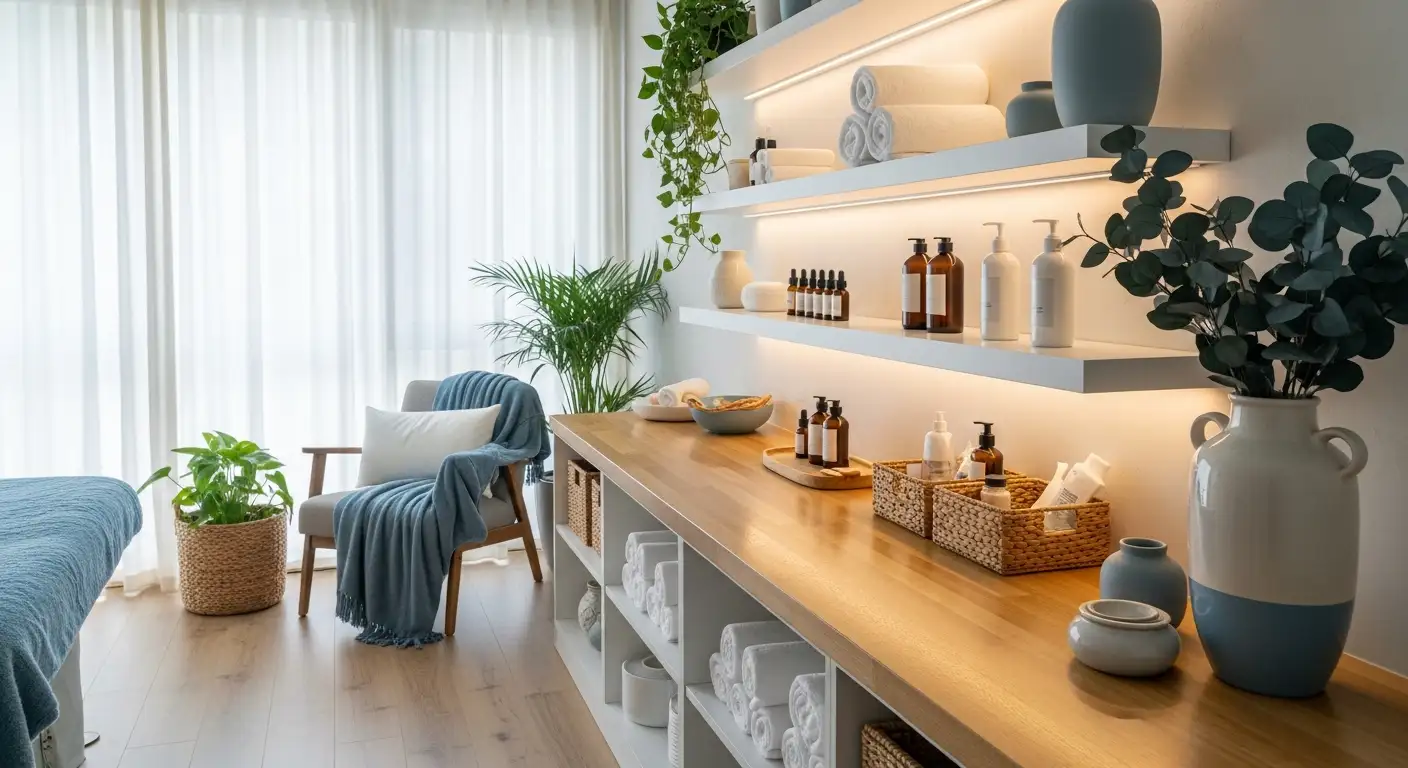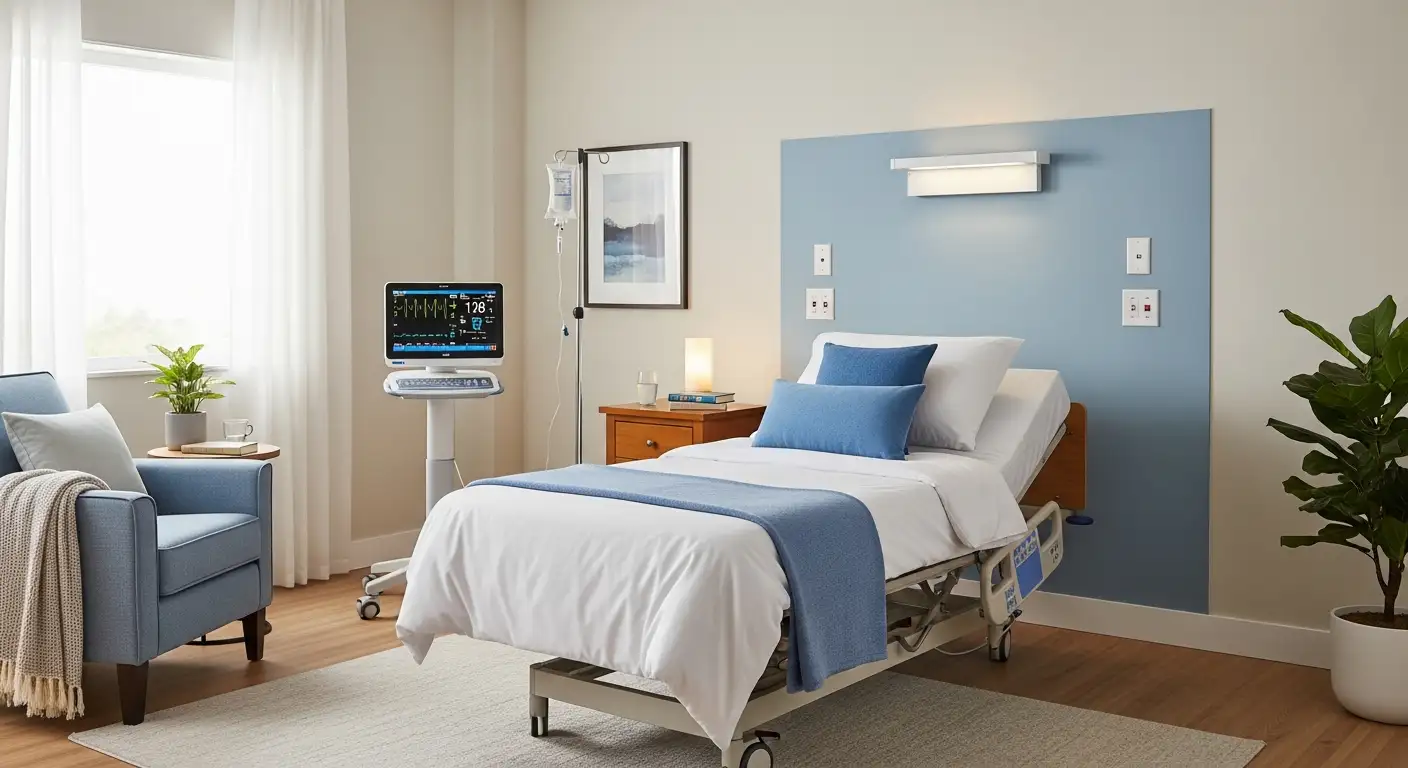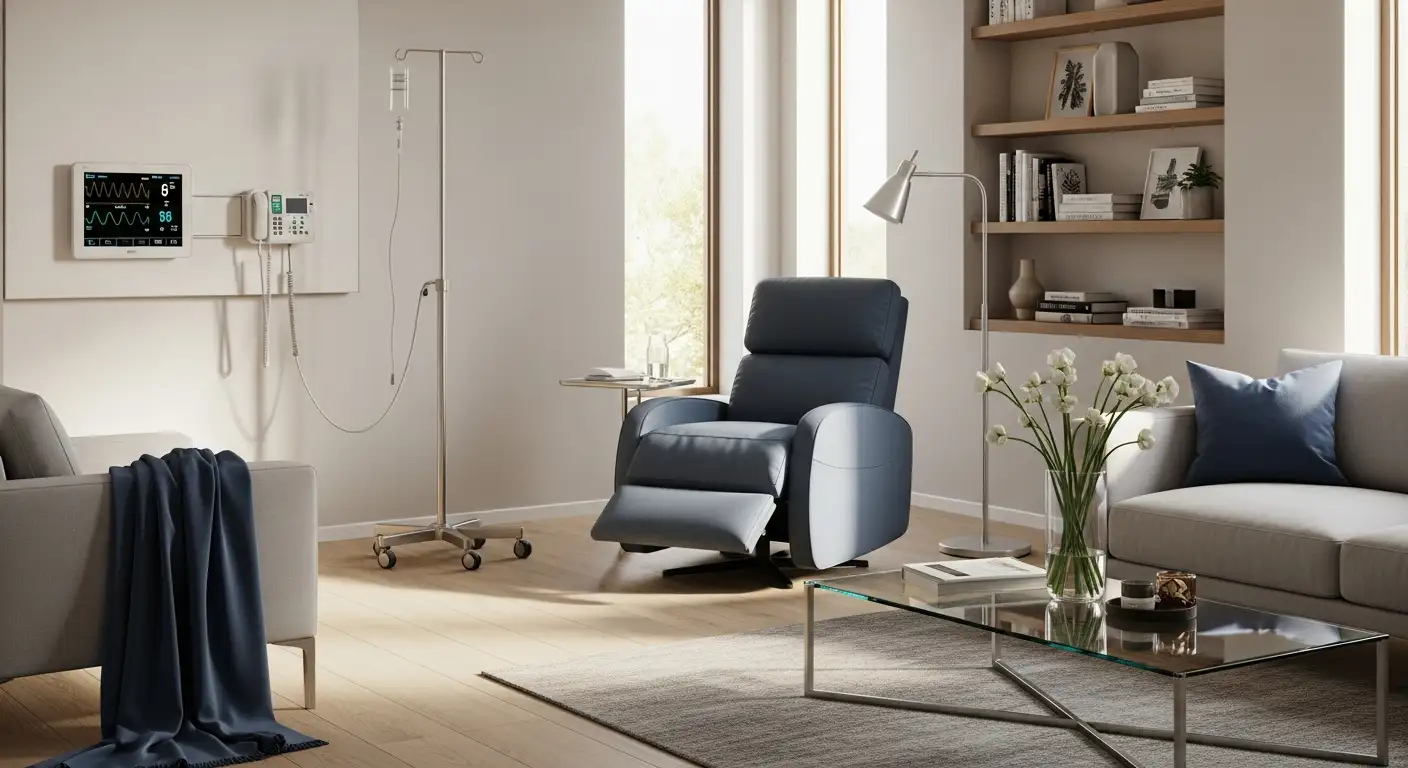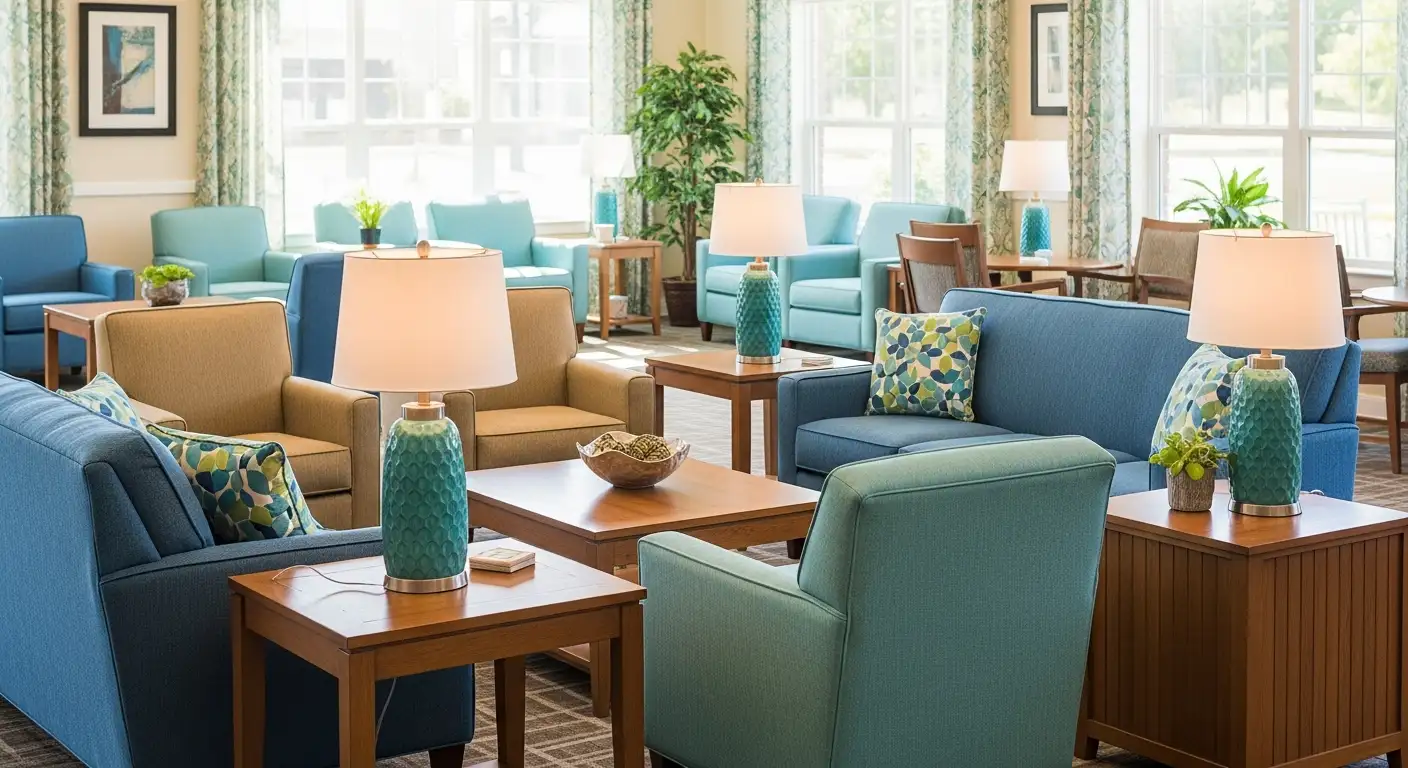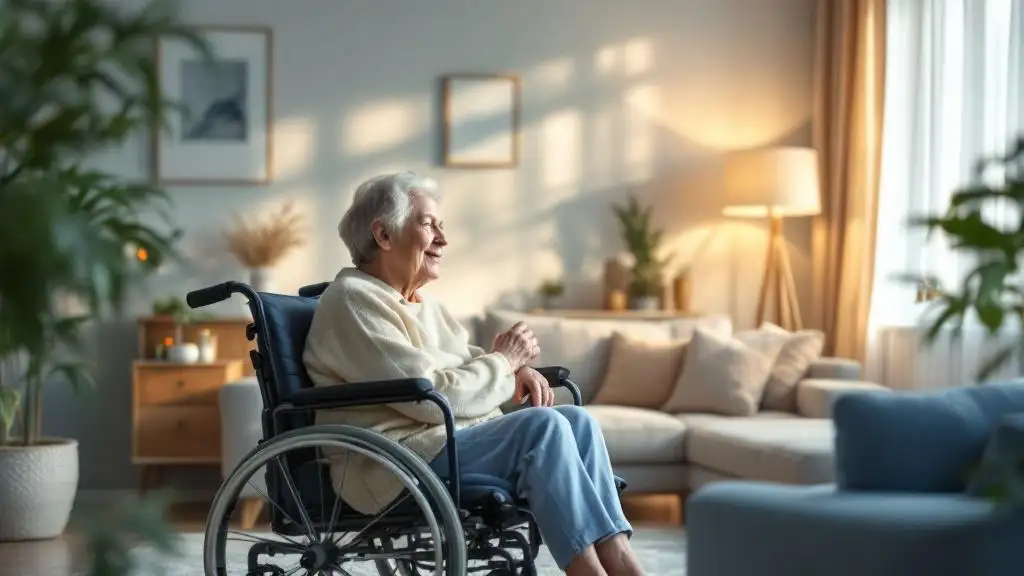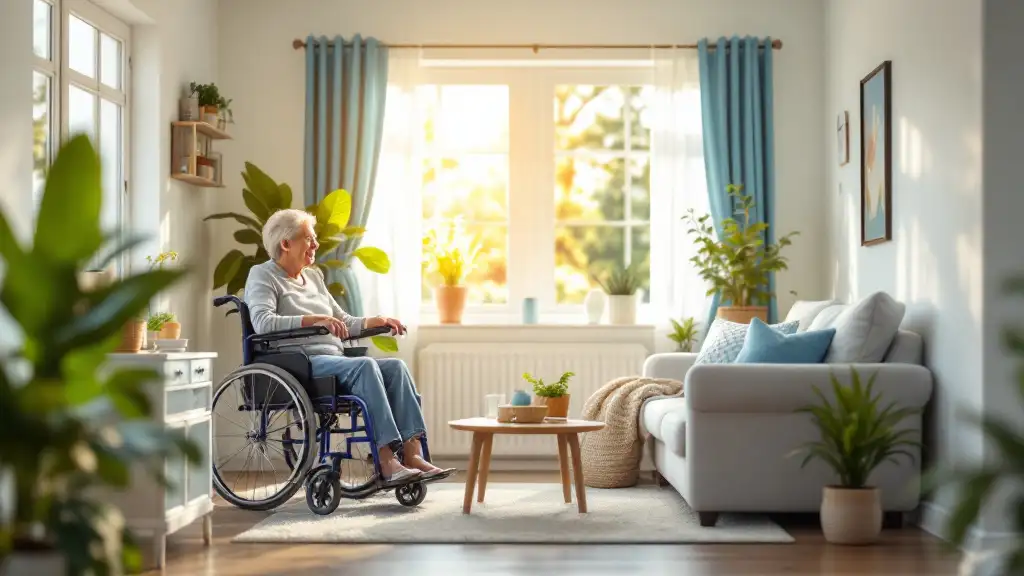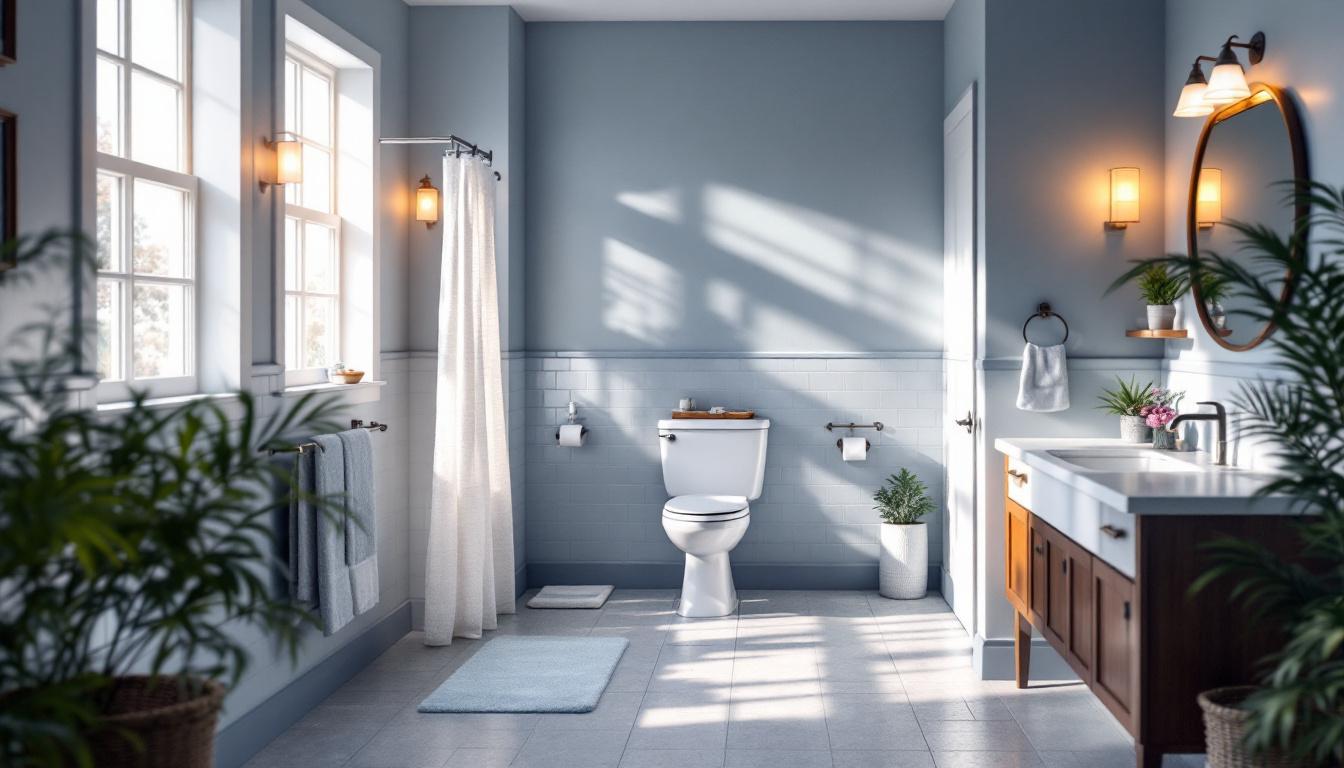How to Support Seniors with Dementia in Daily Activities
Empowering Caregivers with Effective Strategies for Daily Support

Understanding the Foundations of Supporting Seniors with Dementia
Supporting seniors with dementia in daily activities requires a compassionate, adaptable approach centered on routine, safety, engagement, and individualized care. As the disease progresses, the ability to perform routine tasks diminishes, making structured support essential to maintaining dignity, independence, and quality of life. This article explores practical routines, innovative activities, safety tips, and resource options to help caregivers provide optimal support across all stages of dementia.
Establishing Structured Daily Routines for Stability and Well-being
What are some practical daily routines and activities to support seniors with dementia?
Supporting seniors with dementia involves implementing daily routines that provide predictability, safety, and comfort. Establishing consistent schedules for fundamental activities such as meals, bathing, dressing, waking, and sleeping can significantly reduce confusion and anxiety. Regular meal times and balanced diets help maintain health, while routines around personal care foster independence and dignity.
In addition, integrating familiar and enjoyable activities into the daily plan enhances engagement and lifts mood. For example, light chores like watering plants, sorting household items, or folding laundry are purposeful and comforting. Creative pursuits like music, crafts, puzzles, or gardening stimulate the mind and emotions, encouraging positive interactions.
It's crucial that these routines be personalized to align with the individual’s preferences, strengths, and interests. Caregivers should also incorporate time for spontaneous activities to prevent monotony and allow for emotional expression. Rest periods and quiet time should be scheduled to avoid fatigue, especially as the disease advances.
Adapting routines over time as the individual's abilities change is vital. Gradually modifying tasks, simplifying steps, or substituting activities ensures continued engagement while respecting limitations. Caregivers should observe the person's mood and interest levels, adjusting the routines accordingly to maximize comfort and participation.
Creating a calm, clutter-free environment during meals and care tasks can reduce agitation. Providing visual cues, reminders, and assistance as needed helps maintain independence without causing frustration. Proper hydration and nutrition are essential, supporting overall health and energy levels.
In summary, a well-structured daily routine combines consistency with flexibility, personalized activities, and environment modifications to foster safety, stability, and emotional well-being for seniors with dementia.
How can routines be adapted as the disease progresses?
As dementia advances, individuals experience increased cognitive and physical decline. Routines should evolve with their changing needs and abilities. This might involve simplifying tasks, introducing sensory-based activities such as listening to familiar music or tactile objects, and creating more opportunities for comfort and sensory stimulation.
Flexibility is essential; spontaneous activities, such as a walk in nature or a gentle hand massage, can be incorporated to improve mood and reduce anxiety. When verbal instructions become less effective, demonstration, hand-over-hand guidance, or visual cues can assist with task completion.
Environmental modifications, like reducing noise, using clear signage, and establishing designated spaces for specific activities, support continuity and ease of orientation.
Regular reevaluation of routines by caregivers ensures that activities remain meaningful and manageable. Emphasizing personal history and preferences during adaptations promotes engagement and preserves a sense of identity.
In conclusion, the goal is to create a caring, safe, and adaptable routine that maintains the individual’s dignity and fosters a sense of purpose throughout the progression of dementia.
Incorporating Enjoyable and Purposeful Activities
How can music and interactive objects help support seniors with dementia in daily routines?
Music and interactive objects serve as powerful tools in supporting seniors with dementia, helping to enhance their daily experiences and emotional well-being. Familiar music playlists, especially those tailored to the individual's past preferences, can evoke cherished memories, improve mood, and alleviate feelings of agitation or anxiety. Playing a favorite song during a stressful transition or while completing routine tasks can provide comfort and a sense of continuity.
Interactive objects such as textured toys, tactile garden tools, or responsive devices can stimulate the senses and maintain cognitive skills. These objects offer meaningful engagement without overwhelming the individual, helping to reduce feelings of boredom or frustration. Hand massages or sensory boxes filled with familiar scents, soft fabrics, or textured items can soothe and reassure seniors during activities like dressing or grooming.
Digital tools—such as tablets equipped with dementia-specific applications, memory games, or videos—can promote social interaction and cognitive stimulation. Watching familiar videos, listening to music, or engaging with reminiscence apps can bolster memory recall and foster a sense of connection, even in advanced stages.
Overall, incorporating music and interactive objects into daily routines supports emotional stability, enhances engagement, and fosters independence. These approaches create a familiar, reassuring environment that respects each individual’s preferences, supports their autonomy, and contributes positively to their overall quality of life.
Activities to Support Cognitive and Emotional Health
Supporting cognitive and emotional health in people with dementia involves selecting activities that stimulate mental faculties and promote emotional well-being. Arts and crafts—like painting, drawing, and modeling—encourage self-expression and can evoke positive memories. Music therapy, including singing, listening to familiar tunes, or participating in group concerts, helps improve mood and reduce agitation.
Reminiscence activities, such as storytelling with personal objects, photo albums, or listening to old recordings, sustain long-term memories and foster emotional comfort. Gardening, whether planting, watering, or simply observing nature, supports sensory engagement and provides calmness and purpose.
Light housework, like folding laundry or watering plants, can promote a sense of usefulness and contribute to daily routines. These simple tasks reinforce routine stability and help maintain residual skills.
Physical activities adapted to abilities, such as seated yoga, tai chi, or walking, not only promote physical health but also support mental clarity and emotional stability. Combining these activities with social interactions—like group dances, shared meals, or community outings—helps reduce isolation and improves overall mood.
Adapt Activities to Abilities and Interests
Adapting activities to meet each person’s abilities and interests is crucial for successful engagement. As dementia progresses, tasks should be simplified or broken into smaller, manageable steps. For instance, a person who enjoyed cooking might help assemble a simple sandwich rather than prepare a full meal.
Sensory activities—like smelling familiar scents, touching textured fabrics, or tasting favorite foods—are suitable at all stages, especially late-stage dementia, as they evoke emotional responses and provide comfort.
Involving the individual in choosing activities enhances their sense of control and ensures that activities are meaningful. For example, if someone loved gardening, activities could include watering indoor plants or arranging flowers.
Caregivers should pay attention to cues that indicate enjoyment or fatigue, adjusting activities accordingly. Flexibility allows for spontaneous enjoyment and prevents frustration, promoting a positive experience.
Tailoring activities based on personal history, preferences, and current abilities ensures that each person remains engaged, promotes dignity, and supports their emotional and cognitive health in daily life.
Creating a Calming Environment to Alleviate Anxiety and Agitation

How can caregivers create a calming environment and activities for dementia patients?
Establishing a peaceful and predictable setting is vital for reducing anxiety and agitation in individuals with dementia. Caregivers should aim to create a routine that is consistent each day, which offers a sense of security and minimizes confusion. Incorporating familiar objects, routine activities, and a gentle, calm atmosphere helps establish comfort.
Engaging dementia patients in soothing activities can significantly improve their mood. Playing soft, calming music, like familiar songs or nature sounds, can evoke positive memories and promote relaxation. Reminiscence activities such as looking through old photo albums or sharing stories about familiar experiences offer emotional connection and distraction from distress.
Sensory stimuli play an important role in calming the mind. Using sensory objects such as soft fabrics, aromatherapy with calming scents (lavender or chamomile), or textured items can help groundedness and reduce agitation. Gentle touch, such as hand massages or stroking their arm, can provide reassurance and a comforting sensation.
Reassurance techniques are also crucial. Maintaining eye contact, speaking slowly and softly, and actively listening can help convey safety and understanding. During moments of resistance or distress, simple, reassuring gestures and calm words can help de-escalate feelings of fear or frustration.
Physical activity, like taking a walk in a familiar outdoor space or engaging in simple, enjoyable tasks, can serve as a gentle distraction and offer sensory input. It’s essential to recognize and promptly address triggers that may cause distress, such as loud noises, chaotic environments, or overstimulating situations.
Minimizing stressors involves reducing clutter, adjusting lighting to softer levels, and limiting unnecessary noise or interruptions. Creating a safe, predictable environment allows individuals with dementia to feel more in control and less anxious.
If anxiety or agitation persists, caregivers should seek advice from healthcare professionals for tailored strategies or possible medical interventions. Supporting ongoing and gentle engagement, along with a nurturing environment, can greatly enhance the well-being of those living with dementia.
Facilitating Social Engagement and Meaningful Interaction

What strategies can help promote social interaction and engagement for seniors with dementia?
Encouraging social participation is vital for the emotional and mental well-being of individuals with dementia. One effective approach involves organizing a variety of activities tailored to the person’s interests and abilities. These might include listening to familiar music, engaging in reminiscence discussions with photos and personal objects, participating in arts and crafts, or playing simple games like bingo or dominoes.
Integrating these activities into daily routines provides structure and routine, which can help reduce confusion and agitation. During activities, creating a calm and distraction-free environment enhances focus and enjoyment. It is also important to adapt tasks to the current cognitive and physical capabilities of the person, offering support where needed without taking over tasks, thus promoting independence.
Communication techniques play a crucial role. Speaking slowly, using simple language, maintaining eye contact, and providing gentle gestures or cues can significantly improve understanding and interaction. For example, using visual aids like pictures or signs helps to reinforce communication.
Moreover, opportunities for socialization should be extended beyond solitary activities. Support groups, community centers, and dementia-friendly community programs such as memory cafes or singing groups like
Adapting Activities to Meet Changing Abilities and Disease Progression
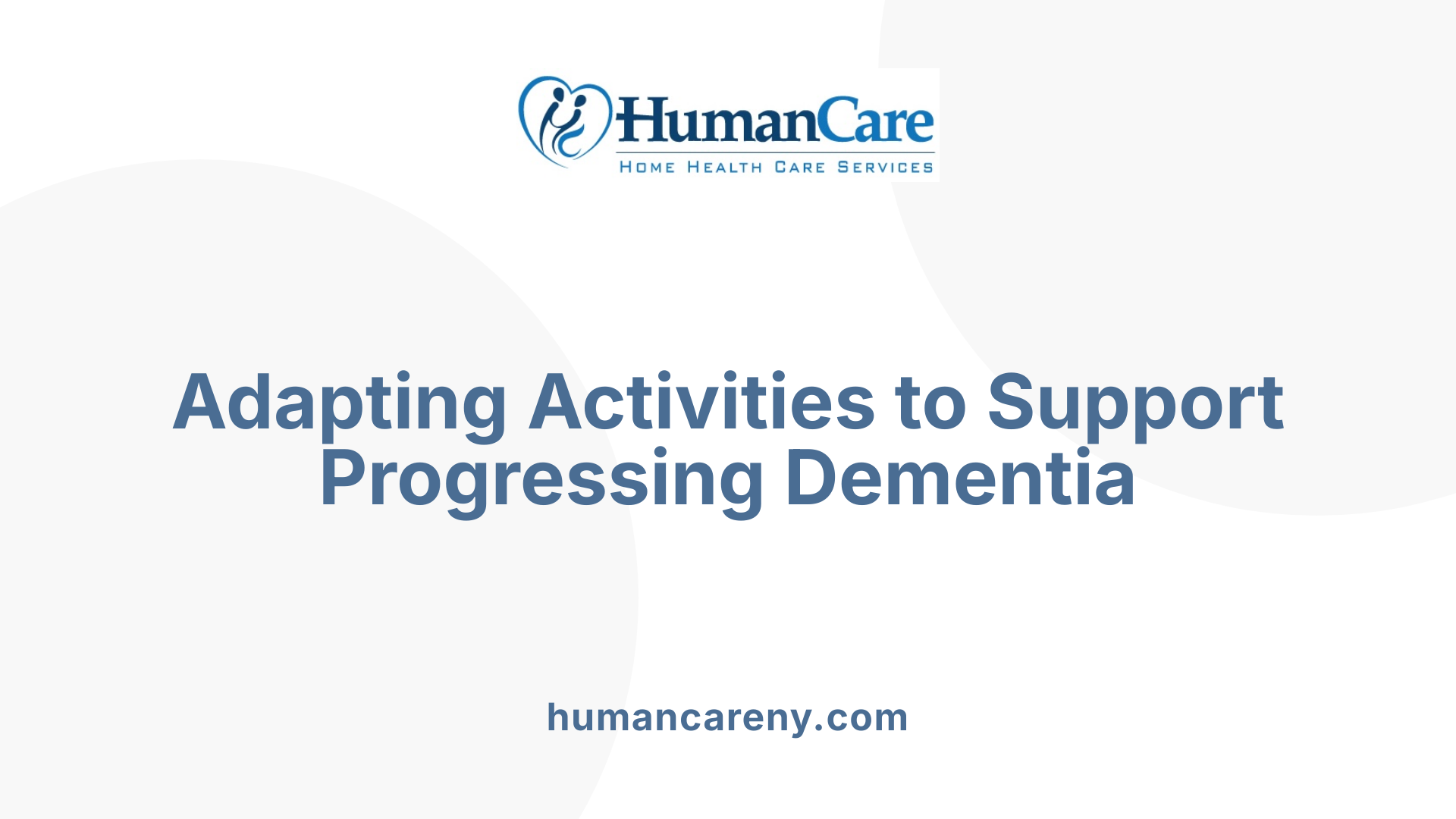
How can activities be adapted to meet the changing needs of someone with dementia?
As dementia progresses, the abilities and needs of individuals can change significantly. To ensure engagement and safety, activities must be tailored continually, aligning with the person’s current stage of the disease, physical capabilities, and personal history. Tailoring activities helps preserve dignity and promotes a sense of purpose.
Caregivers can simplify tasks by breaking them into smaller, manageable steps and using visual cues or prompts to assist with completion. For example, instead of asking someone to cook a full meal, they might focus on stirring ingredients or setting the table, which are easier to perform and meaningful.
Incorporating sensory and reminiscence approaches can also be beneficial. Listening to familiar music, handling objects from the person’s past, or viewing old photographs can evoke positive emotions and stimulate memories. Creating routines around familiar activities—like watering plants or folding laundry—can reinforce a sense of normalcy and independence.
Adjusting the environment is vital. Modifications such as removing clutter, adding clear signage, and organizing belongings can reduce confusion and prevent falls. Safety measures, including installing grab bars or securing rugs, help create a secure setting. Routine, consistency, and predictability are essential, but flexibility remains crucial to adapt to spontaneous needs or mood changes.
Engaging activities should be enjoyable and suited to the individual’s current interests, such as light gardening, gentle exercises like chair yoga, or listening to favorite tunes. These increase emotional well-being and physical health.
Maintaining a focus on the person’s remaining skills fosters independence and boosts self-esteem. Activities should promote mastery—standing to participate in simple tasks or making choices about the day’s activities reinforce autonomy.
Ultimately, the goal is to provide pleasurable, connection-based activities that support emotional health, physical well-being, and ongoing engagement. Flexibility in planning allows caregivers to adapt to changing circumstances while still nurturing a person's sense of purpose and dignity.
The Role of Support Networks, Resources, and Education

Are there resource packs or activity ideas available for free to support dementia care?
Yes, there are numerous free resources and activity ideas available to support dementia care. One of the most trusted sources is the Alzheimer's Association, which provides a wide range of free printable activity packs specifically designed to help caregivers create meaningful daily routines for individuals with dementia. These packs include educational materials, engaging activity ideas, and practical guides that assist in planning activities suitable for different stages of dementia.
Beyond printable materials, the organization offers online workshops and interactive tools like ALZNavigator™, which help caregivers tailor activities to their loved ones’ interests and abilities. Community resource finders linked with national and local programs make it easier to connect with support services and recreational activities in your area.
Additionally, many organizations and government health agencies provide free webinars and access to helplines that offer guidance on dementia-related issues. Mobile applications dedicated to dementia care also feature free content, including activity suggestions, reminders, and educational tips. These resources collectively aim to empower caregivers by providing evidence-based strategies, emotional support, and practical activities to enhance the quality of life for individuals with dementia.
Accessing and utilizing these free tools can significantly reduce caregiver stress, promote engagement, and foster a supportive community environment. The availability of free, readily accessible resources makes it easier for families and caregivers to implement individualized, enjoyable, and effective activity plans for their loved ones.
Summary of available resources:
| Resource Type | Examples | Description |
|---|---|---|
| Printable Packs | Alzheimer's Association activity pages | Downloadable PDFs with activities tailored to different dementia stages |
| Educational Materials | Pamphlets, guides, videos | Free information on managing dementia, communication, and activities |
| Interactive Tools | ALZNavigator™ | Digital guide for personalized activity planning |
| Community Support | Support helpline, online forums | Professional advice and peer support |
| Mobile Apps | Dementia-specific apps | Activity ideas, reminders, and tracking tools |
These complimentary tools serve as valuable assets for caregivers aiming to deliver engaging, appropriate, and supportive activities, ultimately improving the well-being of people living with dementia.
Safety and Practical Tips to Support Independence
What safety considerations and practical tips are essential for supporting independence in seniors with dementia?
Supporting independence in seniors with dementia involves careful planning to ensure their environment is both safe and accommodating for their needs. One of the first steps is removing potential hazards, such as loose rugs, clutter, or uneven flooring, which can cause trips and falls. Proper lighting throughout the home, especially in stairways and bathrooms, is crucial to improve visibility and reduce accidents.
Securing dangerous items, including medications, sharp tools, or firearms, helps prevent accidental injuries or misuse. Installing safety devices like smoke detectors, carbon monoxide alarms, and emergency alert systems can provide additional security. Regular maintenance and testing of these devices are vital to ensure they are functioning correctly.
Environmental modifications should be personalized, considering the individual's abilities and lifestyle. This includes installing grab bars in bathrooms, support rails along hallways, and utilizing visual cues to aid navigation. Visual cues such as large, easy-to-read clocks, calendars, and signs can help orient and reassure the person.
Assistive devices, like mobility aids, can enhance independence while promoting safety. Consistent involvement from caregivers is key, including supervision and assistance with activities that might pose risks, like bathing or cooking.
Caregivers should also prepare for emergencies by compiling contact lists, keeping identification visible or accessible, and knowing the locations of nearby medical facilities. Building connections with community support services offers a network for prompt assistance when needed.
Lastly, creating routines and clear visual cues helps reinforce familiarity and confidence. Balancing safety measures with respect for dignity and autonomy fosters a caring environment where seniors can maintain as much independence as possible.
| Safety Measures | Examples | Purpose |
|---|---|---|
| Hazard removal | Eliminating loose rugs, clutter | Prevent trips and falls |
| Safety devices | Smoke alarms, emergency alert systems | Detect hazards, alert others |
| Environmental mods | Grab bars, support rails | Support mobility and safety |
| Visual cues | Clocks, signs, labels | Aid orientation and independence |
| Caregiver involvement | Supervision, assistance | Ensure safety while promoting autonomy |
| Emergency preparedness | Contact lists, ID, support services | Respond swiftly to incidents |
In conclusion, implementing a combination of hazard removal, safety devices, environmental modifications, and caregiver involvement can greatly support independence in older adults with dementia, helping them live safely while preserving their dignity.
Fostering a Supportive Environment for Optimal Well-being
Supporting seniors with dementia in daily activities is a comprehensive endeavor that combines structured routines, engaging activities, safety precautions, and community resources. By individualizing approaches—considering each person's stage of disease, preferences, and abilities—caregivers can significantly enhance quality of life, promote independence, and retain dignity. Ongoing education, resource utilization, and flexible adaptation are essential to meet evolving needs and create a nurturing environment where seniors can thrive, remain connected, and enjoy their days with purpose and joy.
References
- Daily Care Plan | Alzheimer's Association
- Activities for dementia - NHS
- 12 Engaging Activities for Seniors With Dementia
- 30 Activities for Older Adults with Dementia | TheKey
- 32 Therapeutic Activities for Patients with Dementia - Neural Effects
- Adapting Activities for People With Alzheimer's Disease
- Creating Meaningful Activities for People with Dementia
- Activities for Dementia Patients: 30 Expert Tips - Careforth
- Setting routines and reminders | Alzheimer Society of Canada
- Understanding and supporting a person with dementia

